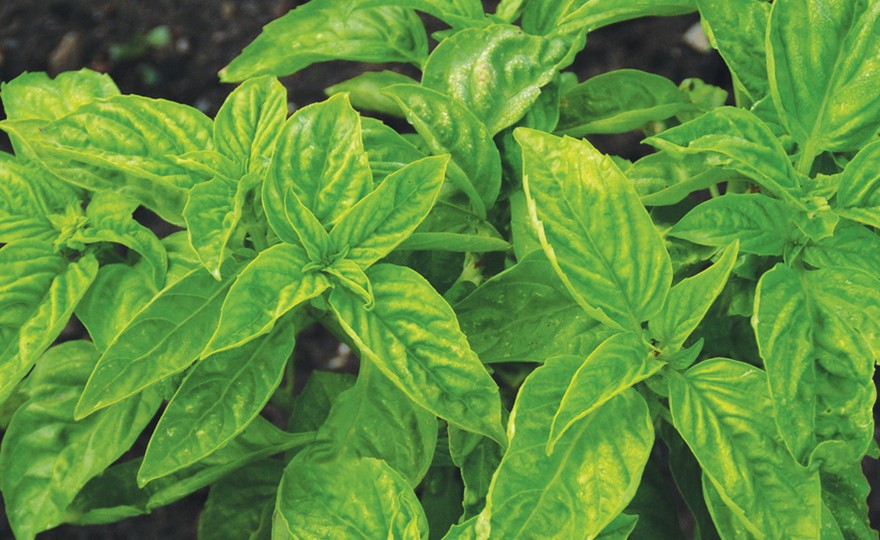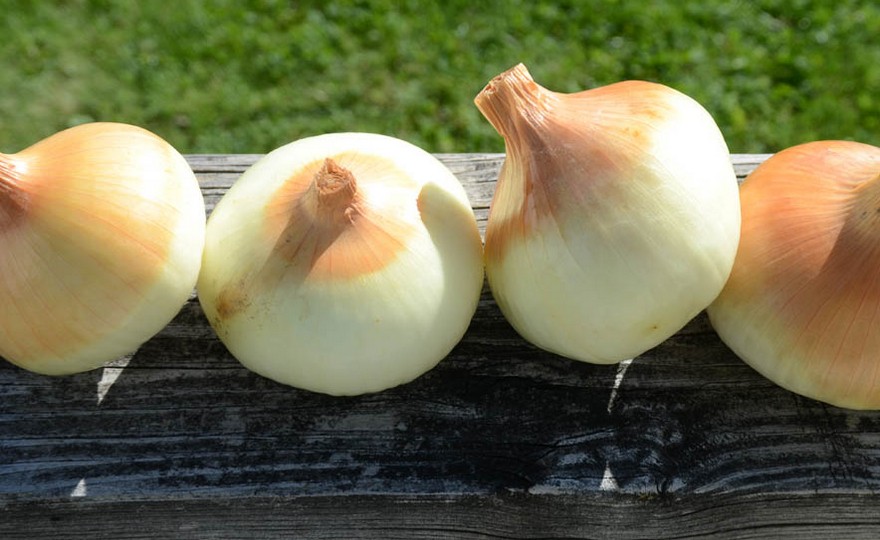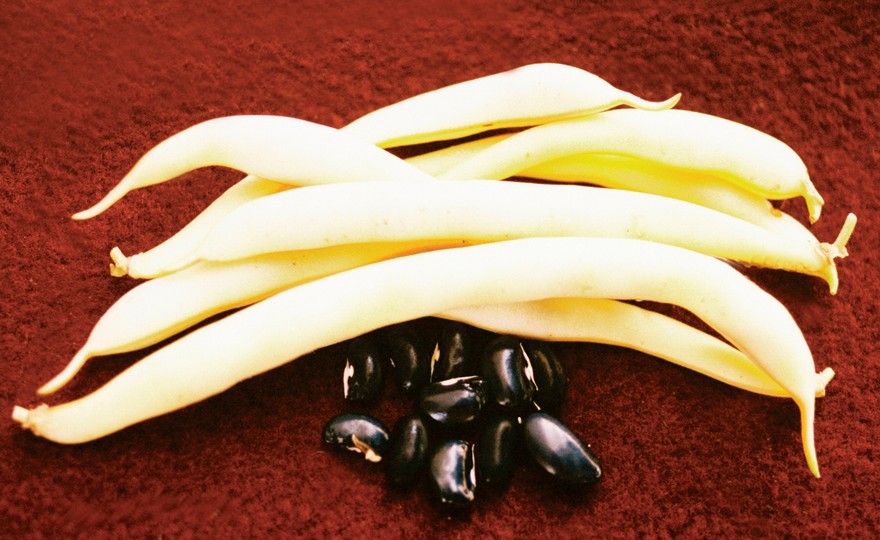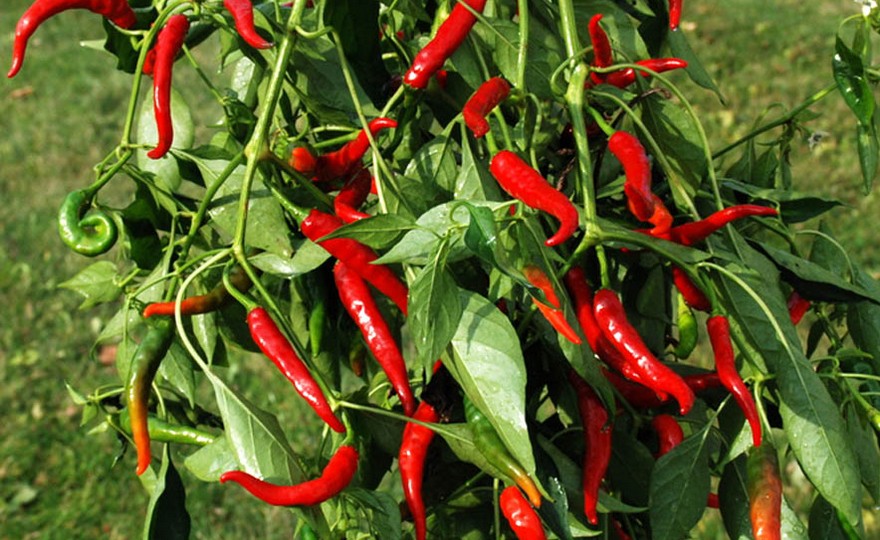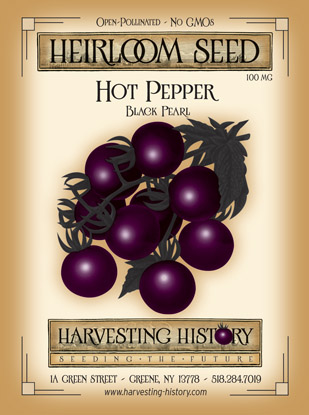
Hot Pepper, Black Pearl
-
- **SOLD OUT** HOLIDAY GIFTS **SOLD OUT**
- **SOLD OUT** Holiday Books **SOLD OUT**
- **SOLD OUT** Holiday Citrus **SOLD OUT**
- **SOLD OUT** Holiday Gift Certificates **SOLD OUT**
- **SOLD OUT** Holiday Paperwhites **SOLD OUT**
- **SOLD OUT** Holiday Praying Mantis Kits **SOLD OUT**
- **SOLD OUT** Holiday Tools **SOLD OUT**
- **SOLD OUT** Holiday Wildflower Mixtures **SOLD OUT**
- Citrus Trees
- **SOLD OUT** - Vegetable and Herb Plants - Mix & Match any 6 Plants for $50 - Only Shipped in Quantities of 6
- Elephant Ear Plants & Roots
- **SOLD OUT** 4-Inch Pot Herb Plants **SOLD OUT**
- Rare Plants
- **SOLD OUT** Vining Plants **SOLD OUT**
- Asian Seeds
- Beneficial Bugs
- Books
- Citrus Fertilizers
- Cold-Treated Bulbs - SEE BULBS FOR FALL PLANTING TO ORDER
- Cold-Treated Allium
- Cold-Treated Chionodoxa
- Cold-Treated Crocus
- Cold-Treated Hyacinthoides
- Cold-Treated Hyacinthus Orientalis
- Cold-Treated Narcissus
- Cold-Treated Cyclamineus Narcissus
- Cold-Treated Double Heirloom Narcissus
- Cold-Treated Jonquilla Narcissus
- Cold-Treated Large Cupped Narcissus
- Cold-Treated Poeticus Narcissus
- Cold-Treated Small Cupped Narcissus
- Cold-Treated Species Miniature Narcissus
- Cold-Treated Split Cupped Narcissus
- Cold-Treated Tazetta Narcissus
- Cold-Treated Triandus Narcissus
- Cold-Treated Trumpet Daffodils
- Cold-Treated Ornithogalum
- Cold-Treated Rock Garden Iris
- Cold-Treated Scilla
- Cold-Treated Tulips
- Cold-Treated Emperor Tulips
- Cold-Treated Fringed Tulips
- Cold-Treated Green or Viridiflora Tulips
- Cold-Treated Lily Flowering Tulips
- Cold-Treated Parrot Tulips
- Cold-Treated Peony Flowering Tulips
- Cold-Treated Single Early Tulips
- Cold-Treated Single Late Tulips
- Cold-Treated Species Tulips
- Cold-Treated Triumph Tulips
- Flower Bulbs, Corms and Tubers
- Bulbs for Spring Planting
- Bulbs for Fall Planting - ALL BULBS AVAILABLE ARE COLD TREATED FOR PLANTING AS SOON AS SOIL CAN BE WORKED
- Fall Blooming Bulbs
- Garden Tools & Equipment
- Gift Certificates
- HHH Exclusive Wildflower Mixtures
- Wildflower Mixtures
- Heirloom Garlic
- Potatoes
- Roots & Sets
- Seeds
- Flowers
- Herbs
- Vegetables
- **SOLD OUT** HOLIDAY GIFTS **SOLD OUT**
-
- No products to compare
-
50 in stock
Quick Overview
HOT PEPPER, Black Pearl –
Capsicum annuum
FULL SUN Native to the Americas, specifically Central America, hot peppers have been cultivated for thousands of years. They were an extremely important food and economic crop and were even used as a currency for centuries. Black Pearl is not an heirloom, but it will become one. Introduced in 2006, it immediately received an All-America award. The 18 in. black-leaved plants produce round black peppers hotter than jalapenos. Exquisite plant. Sow indoors 6 weeks before transplanting outside. Plant seed ½ in. deep. Transplant outside after danger of frost is over. Add ¼ cup bone meal to the soil when planting. Space plants 30 in. apart in rows 36 in. apart.
| Type | Spacing | Planting Depth | Days to Germination | Maturity |
| Hot | 30 in. | 1/2 in. | 14-21 | 85 |

Hot Pepper, Black Pearl
Sweet and hot peppers are indigenous to Central and South America. They have been cultivated since prehistoric times. Archaeologists have found chili peppers at sites dating to 7000 BC. The Aztecs, Incans and Mayans all cultivated peppers. The Aztecs had at least seven different words for hot peppers. We derive the term chili pepper from some of the Aztec words for hot pepper. The Incas used peppers as a form of currency. Columbus named the peppers he saw growing in the West Indies, pimiento, because he thought they were the pimienta, spice pepper, grown in the East Indies. He was painfully surprised to find out that the West Indian peppers were incredibly hot. On his several voyages to the New World, Columbus collected many varieties of hot and sweet pepper and brought them back to Spain. The peppers immediately gained popularity and spread to Africa, India and the Far East before they became popular in the rest of Europe and North America. In Central and South America, peppers are perennial plants, which can grow four to six feet in height, but in North America, peppers are grown as annuals because they are very sensitive to frost.


